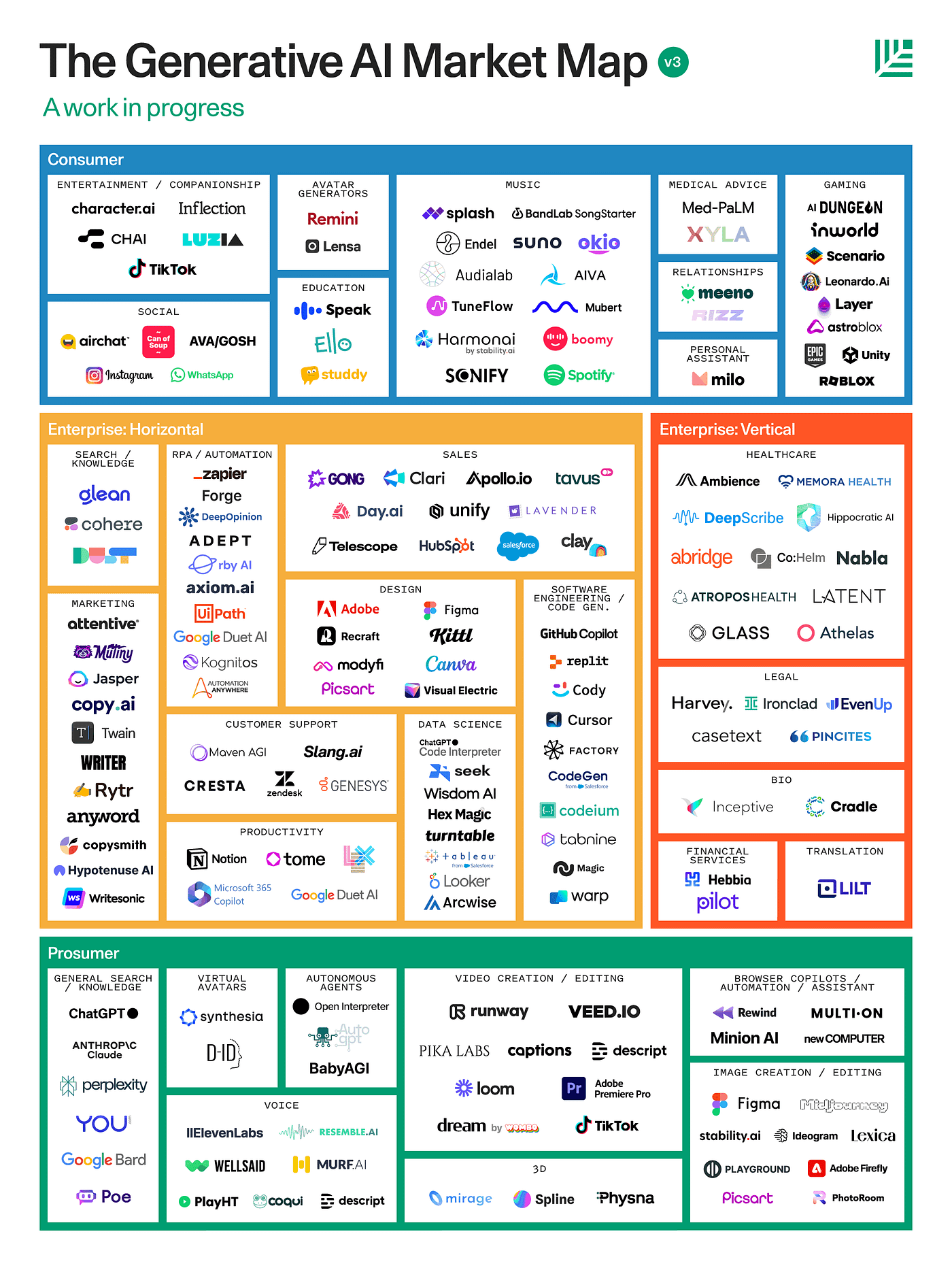Storytelling is essential in today's digital landscape, especially for content marketers looking to effectively engage their audiences. As you navigate this ever-evolving space, you'll discover that artificial intelligence (AI) has emerged as a valuable partner in crafting compelling narratives. By transforming complex data into relatable stories, AI tools allow you to present information in a way that resonates and captivates your audience.
Instead of merely displaying statistics, AI empowers you to shape a narrative that connects with readers on an emotional level. Imagine presenting trends and insights through cohesive storytelling rather than overwhelming your audience with raw numbers. This approach not only helps you communicate your message but also fosters a stronger connection with your audience.
In this guide, you'll learn how to harness the potential of AI in your storytelling efforts. We'll cover the fundamentals of the three-act structure, explore tools that can assist in the narrative-building process, and discuss strategies for maintaining your brand voice. By the end, you'll have practical insights to create engaging content that speaks to your audience's needs.
Unveiling the Power of AI in Data Storytelling
AI's capabilities in data storytelling are changing how marketers approach content creation. By using advanced algorithms, AI tools can efficiently analyze vast amounts of data to uncover insights suitable for narrative development. This allows you to focus on crafting emotional connections rather than getting bogged down in numbers.
For instance, AI applications like Rytr can swiftly generate story plots and outlines based on simple keywords. This technology helps you develop narratives that resonate with your audience and communicate your message effectively. The importance of storytelling in marketing cannot be overstated, as engaging stories are key to better retention and action from your audience.
Leveraging AI in your storytelling process gives you a notable advantage in capturing attention.
Infographic illustrating the data processing pipeline for storytelling. (Source: DataCamp)
Mastering the Three-Act Structure for Digital Narratives
One effective storytelling framework that you can incorporate into your narratives is the three-act structure. This structure provides a clear and engaging way to guide the audience through your story.
Here's a breakdown of the three acts:
- Act One: Introduce the characters and set up the conflict or challenge.
- Act Two: The protagonist faces escalating obstacles, creating tension and drama.
- Act Three: Resolve the conflict, bringing closure and insights that tie back to the starting point.
Applying this structure helps you turn complex data into engaging narratives that convey key points for your audience. For example, when presenting a new product, the first act could introduce a problem the product aims to solve. In the second act, you would show data illustrating the product's effectiveness through customer testimonials or case studies. Finally, the conclusion would prompt your audience to take action, turning insights into tangible benefits.
AI tools can assist in generating outlines that follow this well-established structure. Various sectors, like tech startups and healthcare, have successfully adopted this method to enhance their content strategies.

Diagram outlining the three-act structure of storytelling. (Source: Reedsy)
Crafting Brand Narratives with AI: Maintaining Your Voice
Maintaining a consistent brand voice is vital when using AI for storytelling. Your brand's tone and style distinguish you from competitors and build trust with your audience. Therefore, it's essential to ensure that AI-generated content reflects these brand nuances.
AI tools can be flexible enough to adapt to your brand's personality, adjusting language and tone to fit seamlessly into your established content. For instance, if your communications generally adopt a conversational tone, AI can generate articles or scripts that align with this style.
However, it is crucial to review and refine AI-generated content to confirm it aligns with your brand voice. Strive for a collaborative dynamic between human creativity and AI efficiency, allowing you to tweak and enhance AI-generated narratives that resonate more with your audience.

Chart comparing various brand voices with AI assistance. (Source: Elevato Digital)
The Best AI Tools for Narrative Building: A Content Marketer's Guide
As a content marketer, knowing which AI tools best serve your narrative-building needs is essential. Each platform has unique functionalities that cater to different aspects of storytelling.
For example, tools like Rytr excel at plot development, generating creative outlines based on user input. In contrast, Plot Factory focuses on maintaining narrative consistency, ensuring characters and plot points remain aligned throughout the story.
When choosing an AI tool, consider its features and how well they align with your goals. Some tools offer customization options, while others include analytics that enables you to measure the performance of your narratives. Reviewing user testimonials and case studies can provide valuable insights into how these tools perform in real-world scenarios. By leveraging these technologies effectively, you can streamline your content creation processes and produce high-quality narratives that captivate your audience.

Comparison chart of various AI tools for narrative generation. (Source: Medium)
Turning Statistics into Stories: Making Data Relatable
In a data-driven age, turning raw statistics into relatable stories is crucial for effective communication. AI can help you analyze complex datasets and extract meaningful insights that contribute to crafting compelling narratives.
For example, instead of simply presenting a bar chart showing growth percentages, consider illustrating a customer's journey through storytelling. Combining real-life anecdotes with pertinent data makes your statistics more engaging and relatable, inspiring action among your audience.
Humanizing data by using relatable narratives fosters a stronger emotional connection with your audience, helping them absorb and retain critical information.

Visual example illustrating how data is transformed into compelling stories. (Source: WordStream)
From Vision to Reality: Implementing AI in Your Content Strategy
Integrating AI tools into your content strategy involves several practical steps. Begin by assessing your existing workflows to identify areas where AI can improve efficiencies. For example, AI can assist with drafting outlines, conducting research, or even creating first drafts of content.
As you implement AI, it's important to address potential challenges, such as concerns about automation or anxiety regarding job displacement. Emphasizing that AI is meant to enhance, rather than replace, human creativity can help alleviate these fears. Additionally, measure how AI impacts storytelling effectiveness by analyzing audience engagement, conversion rates, and feedback on content.
Finding a balance between AI’s capabilities and your nuanced understanding of your audience is key. By working together, AI and your creative insights can create richer, more relatable content.

Flowchart depicting the integration process of AI into a content strategy. (Source: ResearchGate)
Looking Ahead: The Future of AI in Content Creation and Beyond
The future of AI in content creation holds many exciting possibilities, with numerous advancements expected to shape how narratives are crafted and delivered. As technology evolves, AI will become increasingly adept at analyzing narrative structures, understanding emotional context, and responding to audience preferences.
With these enhanced capabilities, traditional storytelling roles may also evolve, necessitating new skill sets that combine creativity with technical proficiency. Being proactive about these shifts will help you stay at the forefront of content marketing innovations.
However, it's essential to remain vigilant about ethical considerations, particularly regarding authorship rights and intellectual property. Ongoing conversations about these issues will play a vital role in informing the future landscape of AI in storytelling.

Futuristic illustration representing AI's growing role in content marketing. (Source: Freepik)
Conclusion
By incorporating AI into your storytelling processes, you can effectively transform data into engaging narratives that resonate with your audience. Mastering the three-act structure, utilizing AI tools, and maintaining your unique brand voice are all essential components of crafting compelling stories.
As you explore the vast potential of AI, remember to balance its capabilities with your authentic creativity. With thoughtful implementation and a focus on ethical storytelling practices, you can leverage AI to produce high-quality content that engages your audience and sets you apart in a competitive landscape.
As we look to the future, the drama inherent in data, when harnessed effectively through AI tools, can lead to narratives that captivate and inspire. Embrace this opportunity, and steer your content marketing efforts into a new era of storytelling.

Commentaires (0)
Se connecter pour participer à la discussion ou .